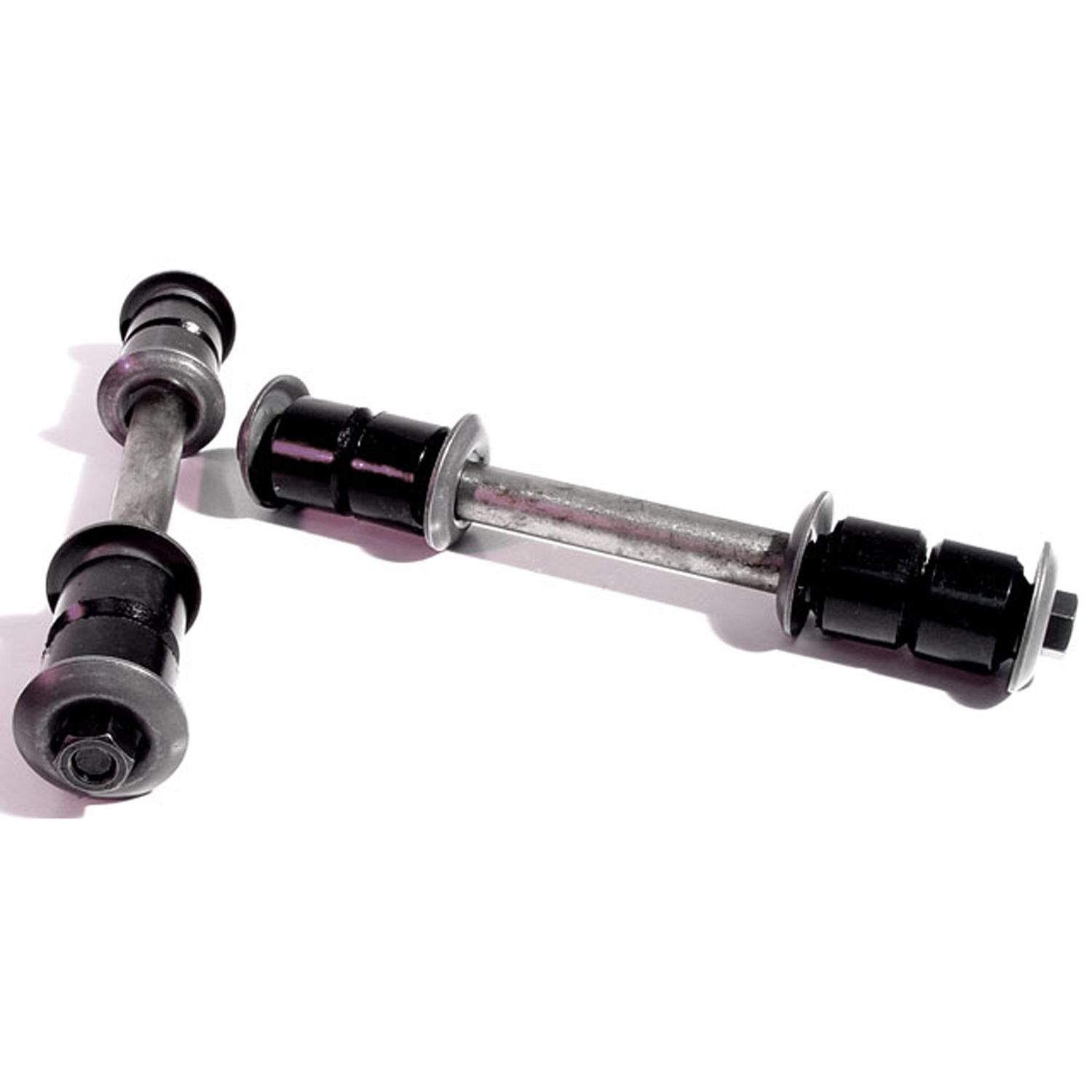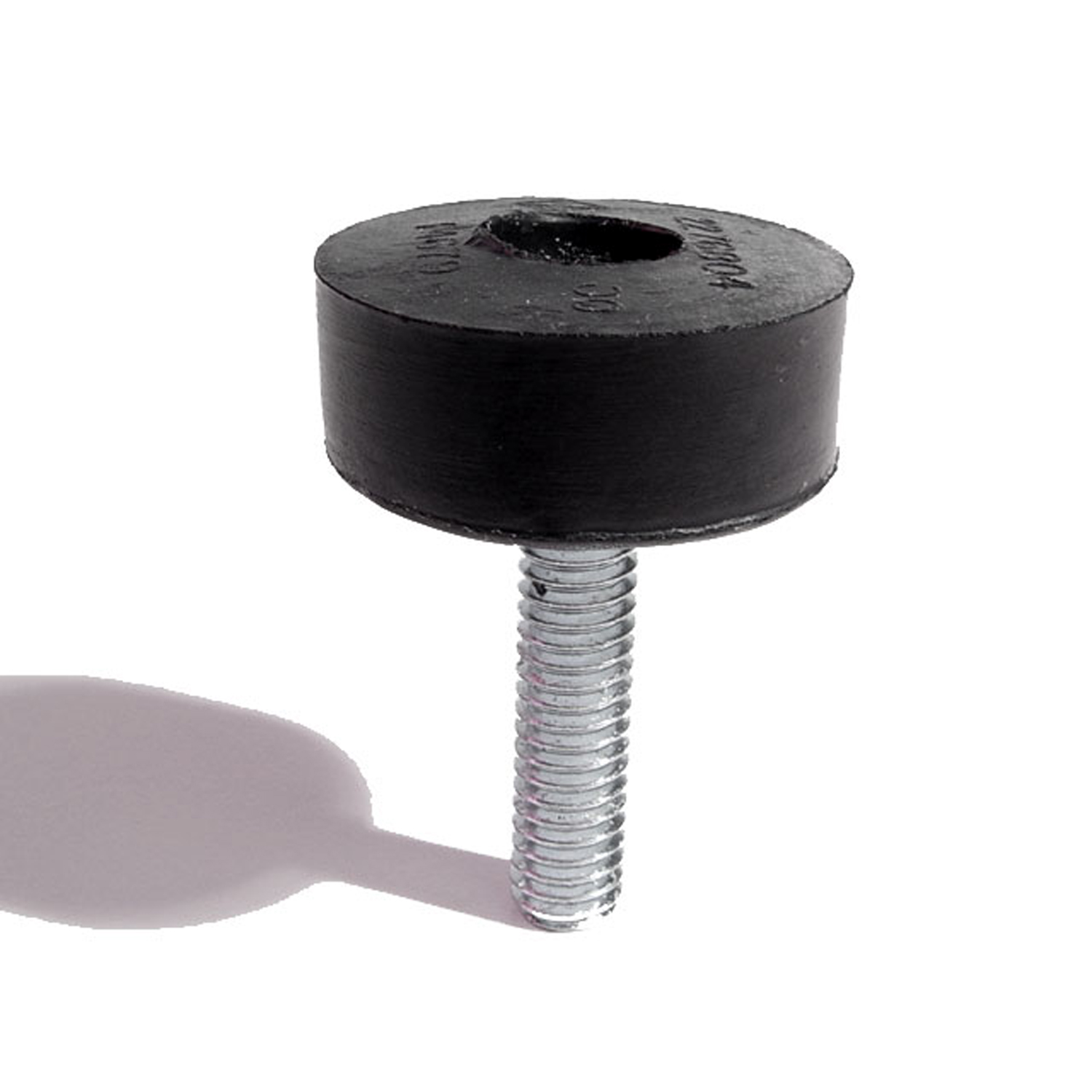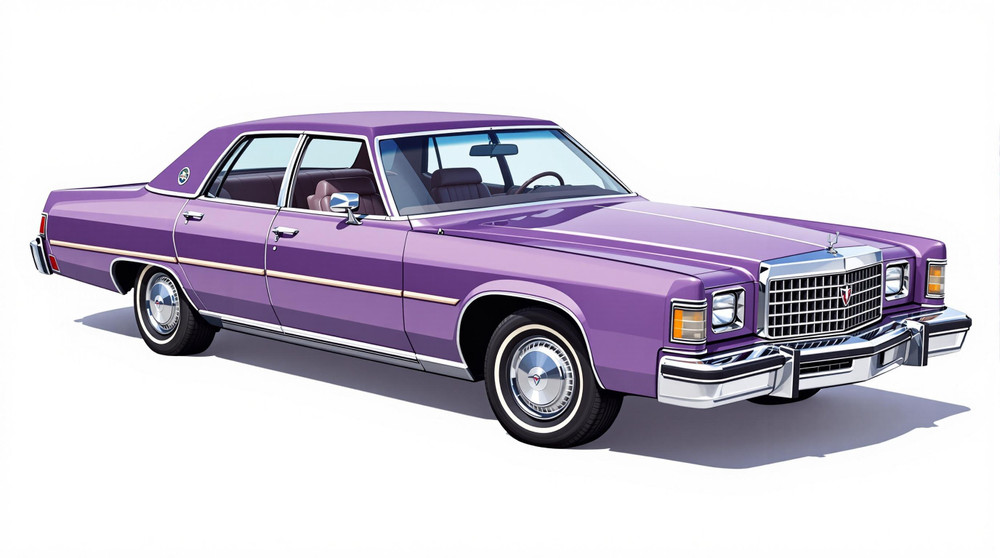Image of 1977 Chrysler New Yorker, Note: These illustrations use artistic license and may differ from actual historical models.
Performance Metrics
Fundamental Metrics
Emotional Appeal
MMP Rating
| Engine Specifications | |
|---|---|
| Engine: | 400 cu in (6.6 L) B V8, 440 cu in (7.2 L) RB V8 |
| Displacement: | 400-440 cu in |
| Horsepower: | 165-190 hp |
| Torque: | 280-320 lb-ft |
| Compression Ratio: | 8.2:1 |
| Ignition System: | Electronic Ignition System |
| Cooling System: | Liquid-cooled |
| Performance Specifications | |
| 0-60 Time: | 12 seconds |
| 1/4 Mile Time: | 18 seconds |
| Top Speed: | 115 mph |
| Transmission and Drive | |
| Drive Type: | Rear-wheel drive |
| Transmission Type: | 3-speed TorqueFlite automatic |
| Fuel and Efficiency | |
| Fuel System Type: | Carburetor |
| MPG: | 10-12 mpg |
| Dimensions and Brakes | |
| Brakes: | Power-assisted disc brakes (front), drum brakes (rear) |
| Wheelbase: | 124 inches |
| Weight: | 4,500 lbs |
Note: Specifications for classic cars are given to the best of our ability, considering the limited and variant data available.
1977 Chrysler New Yorker: A Testament to American Luxury
In an era when automotive luxury was synonymous with size and comfort, the 1977 Chrysler New Yorker stood as a paragon of American opulence. Born from the illustrious Chrysler Corporation, this full-sized sedan was a beacon of prestige and a symbol of the times. It arrived at the twilight of the classic big-car era, just before downsizing became an industry trend. Among its claims to fame is the distinction of being one of the last truly large luxury cars offered by an American automaker.
Design and Innovation
The exterior of the 1977 New Yorker exuded grandeur with its long, sweeping lines and prominent chrome grille that commanded attention. The car's imposing stance was complemented by stacked rectangular headlamps and a vinyl roof that harked back to an age of unabashed style. Inside, passengers were enveloped in a world of comfort, with plush seats upholstered in fine fabrics or available Corinthian leather—a term Chrysler coined that became emblematic of the era's luxury.
Technologically, the New Yorker was equipped with features that were advanced for its time, including power windows, power seats, and even an optional CB radio. Color options ranged from deep blues to classic whites, with Spinnaker White and Starlight Blue Metallic being among the most sought after. The sedan's body styles included a two-door hardtop, but it was the four-door version that became iconic for its combination of practicality and prestige.
Historical Significance
The 1977 Chrysler New Yorker's impact on automotive design was marked by its adherence to traditional values in an age that was rapidly changing. Its sheer size and luxurious appointments set it apart from smaller, more fuel-efficient models that began to populate the market during the oil crisis years. The New Yorker's legacy is reflected in how it represented the zenith of one era while signaling the end of another.
Performance and Handling
Underneath its expansive hood lay a 440 cubic inch V8 engine, delivering smooth yet potent performance. With a top speed that could reach around 120 mph and acceleration from 0-60 mph in under 10 seconds, it moved with surprising agility for its size. On the road, handling was characterized by a soft ride quality that absorbed imperfections with ease, though it wasn't designed for sharp cornering. The experience behind the wheel was one of serene power—the hum of the engine a comforting reminder of American engineering.
Ownership Experience
The New Yorker served various roles from a stately daily driver to a showpiece at classic car events. Maintenance is typical for vehicles of its age; while some parts are readily available due to shared platforms with other Chrysler models, others can be rare finds. Reliability is generally good when well-maintained, though fuel consumption reflects its era's less efficient standards.
Fun Facts
This vehicle has graced both small and large screens in period films and television shows, adding authenticity with its unmistakable presence. While not known for breaking speed records, it did set benchmarks for luxury and size. Criticisms often centered around its fuel economy—hardly surprising given its stature—and handling that prioritized comfort over precision.
Collector's Information
Today, a well-preserved 1977 Chrysler New Yorker can fetch anywhere from $5,000 to $15,000 depending on condition and originality—though prices can vary widely. Production numbers were not as low as some contemporaries, but finding one in excellent condition is becoming increasingly rare. As interest in '70s automotive nostalgia grows, values may continue to appreciate modestly over time.
Conclusion
The 1977 Chrysler New Yorker remains a cherished piece of automotive history—a testament to an era when bigger truly meant better in terms of luxury cars. Its blend of opulent design and comfortable performance ensures it continues to hold a special place in the hearts of classic car enthusiasts worldwide.
1977 Chrysler New Yorker Catalog of Parts
 1977 Chrysler New Yorker Front Stabilizer End Repair Kit-BNK 21Front Stabilizer End Repair Kit. 22-piece set for two stabilizer bars. Contains all rubber bushings, washers, bolts and nuts, enough for one front end. Set
1977 Chrysler New Yorker Front Stabilizer End Repair Kit-BNK 21Front Stabilizer End Repair Kit. 22-piece set for two stabilizer bars. Contains all rubber bushings, washers, bolts and nuts, enough for one front end. Set 1977 Chrysler New Yorker Hood Adjustment Bolt and Bumper-HA 8Hood Adjustment Bolt and Bumper. 1-3/16" diameter rubber head. 5/16" thick X 18 threads/inch X 1-1/4" long bolt. Each
1977 Chrysler New Yorker Hood Adjustment Bolt and Bumper-HA 8Hood Adjustment Bolt and Bumper. 1-3/16" diameter rubber head. 5/16" thick X 18 threads/inch X 1-1/4" long bolt. EachWhy Choose Metro?
For over 100 years, Metro Moulded Parts has been the pinnacle of quality in classic car restoration parts. Our commitment to precision and authenticity in every component ensures a perfect fit and an OEM-level appearance.
- Expert Craftsmanship & Quality: Each part is a testament to our dedication to reliability and perfection, crafted from original designs and thoroughly tested.
- Advanced Technology: We use cutting-edge techniques to create flawless, long-lasting parts that surpass others in performance.
- SuperSoft Sponge – The Ultimate Door Seal: Not only are our door seals 30% softer than competitors', but they're also guaranteed to never leak. They effectively reduce wind and road noise, enhancing your classic car's comfort and driving experience.
- Proudly American: Our parts are a product of American craftsmanship, made in the USA with a spirit of excellence and heritage.
- Unrivaled Warranty: We back our products with a 30-year industry-leading warranty, a testament to our confidence in their quality.
Join us in preserving the legacy of classic cars with parts that are crafted for perfection, not just made.

